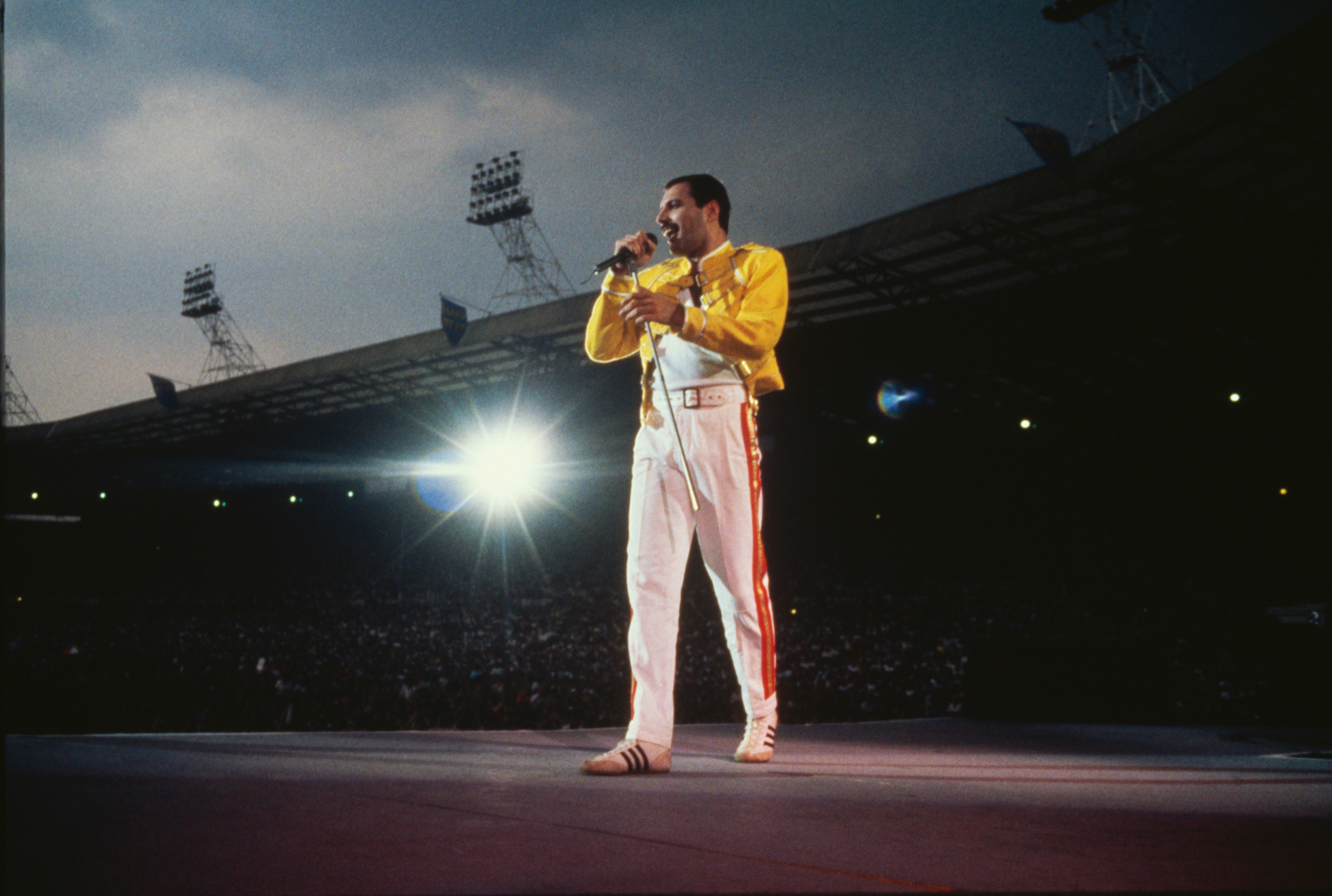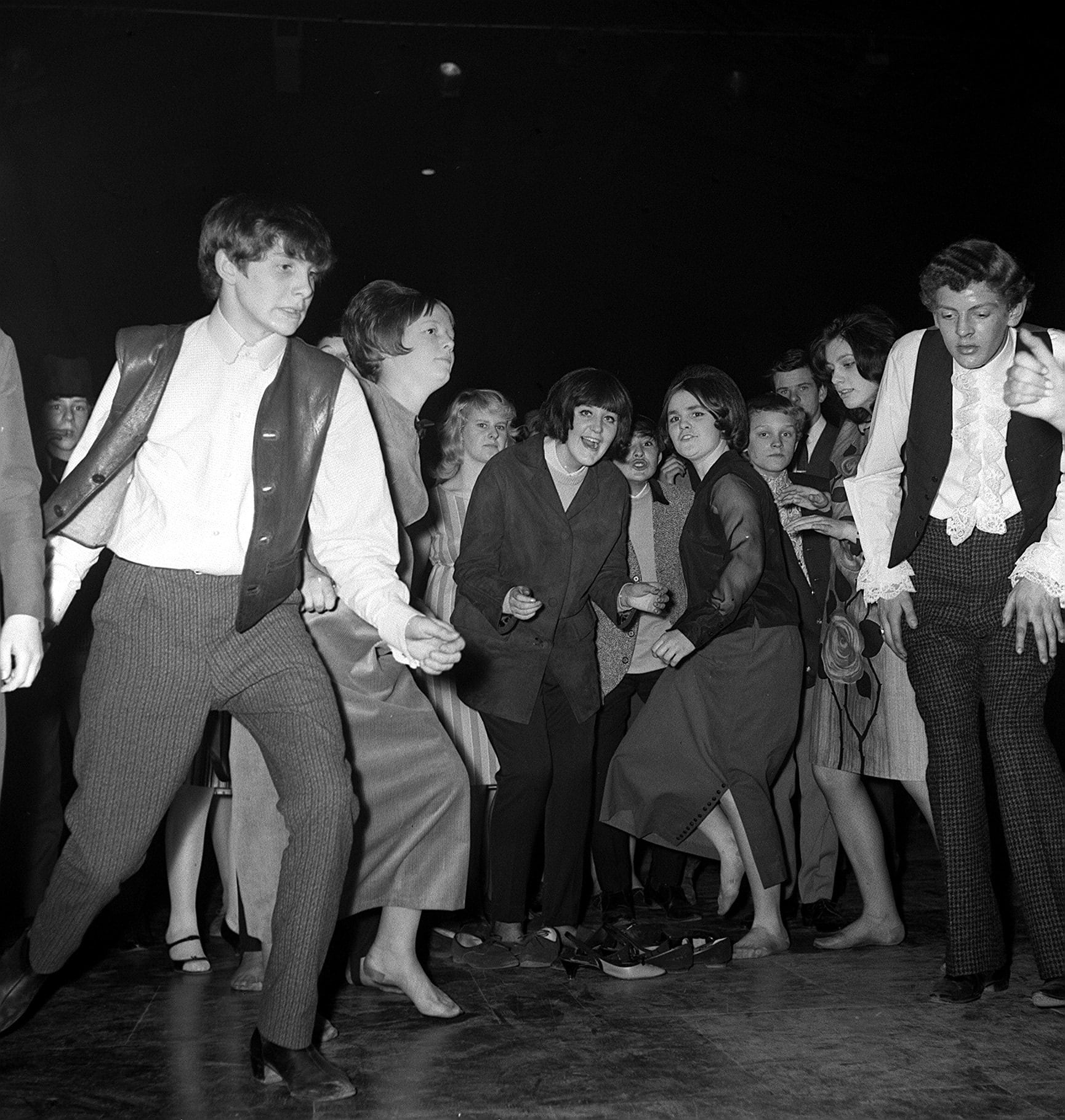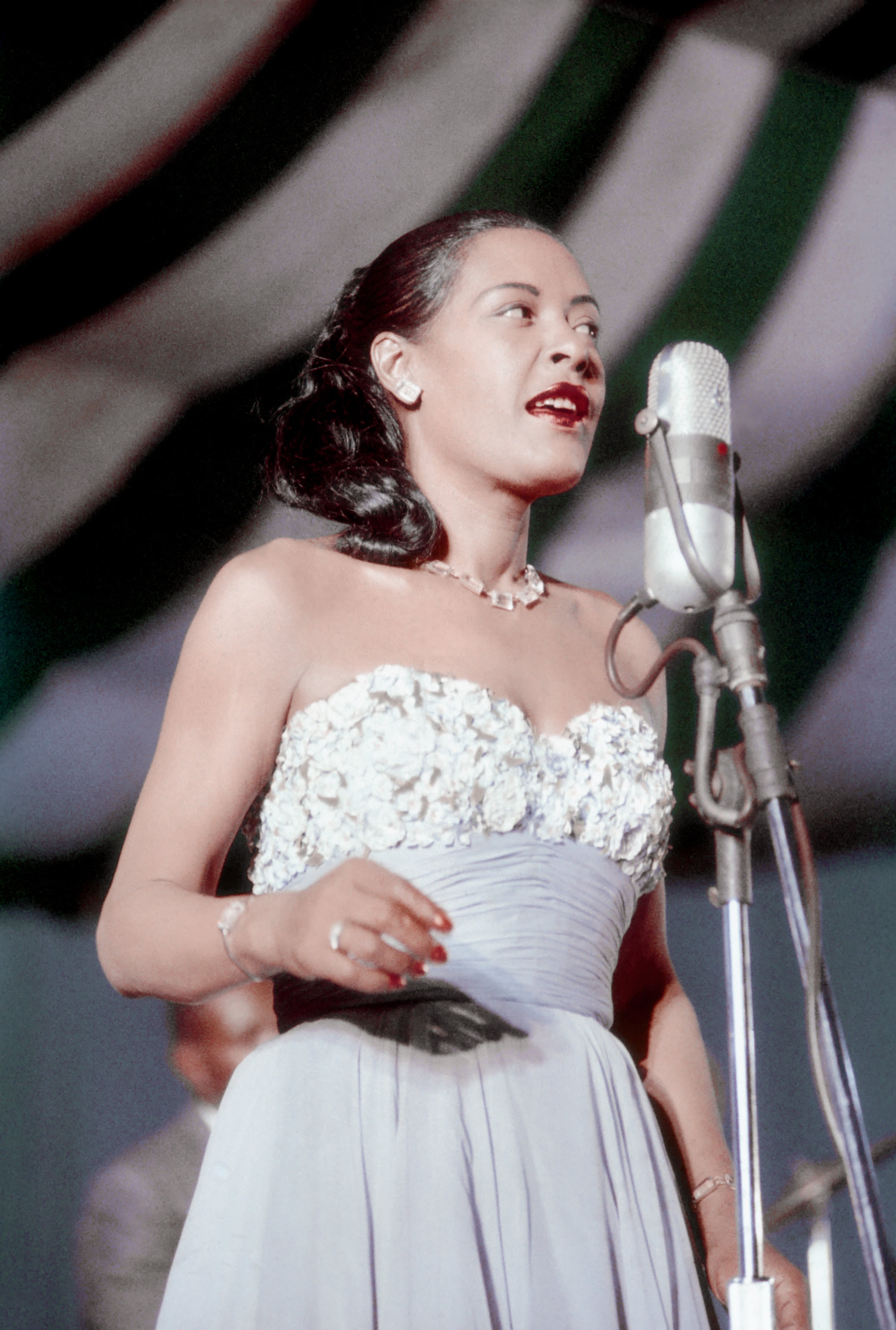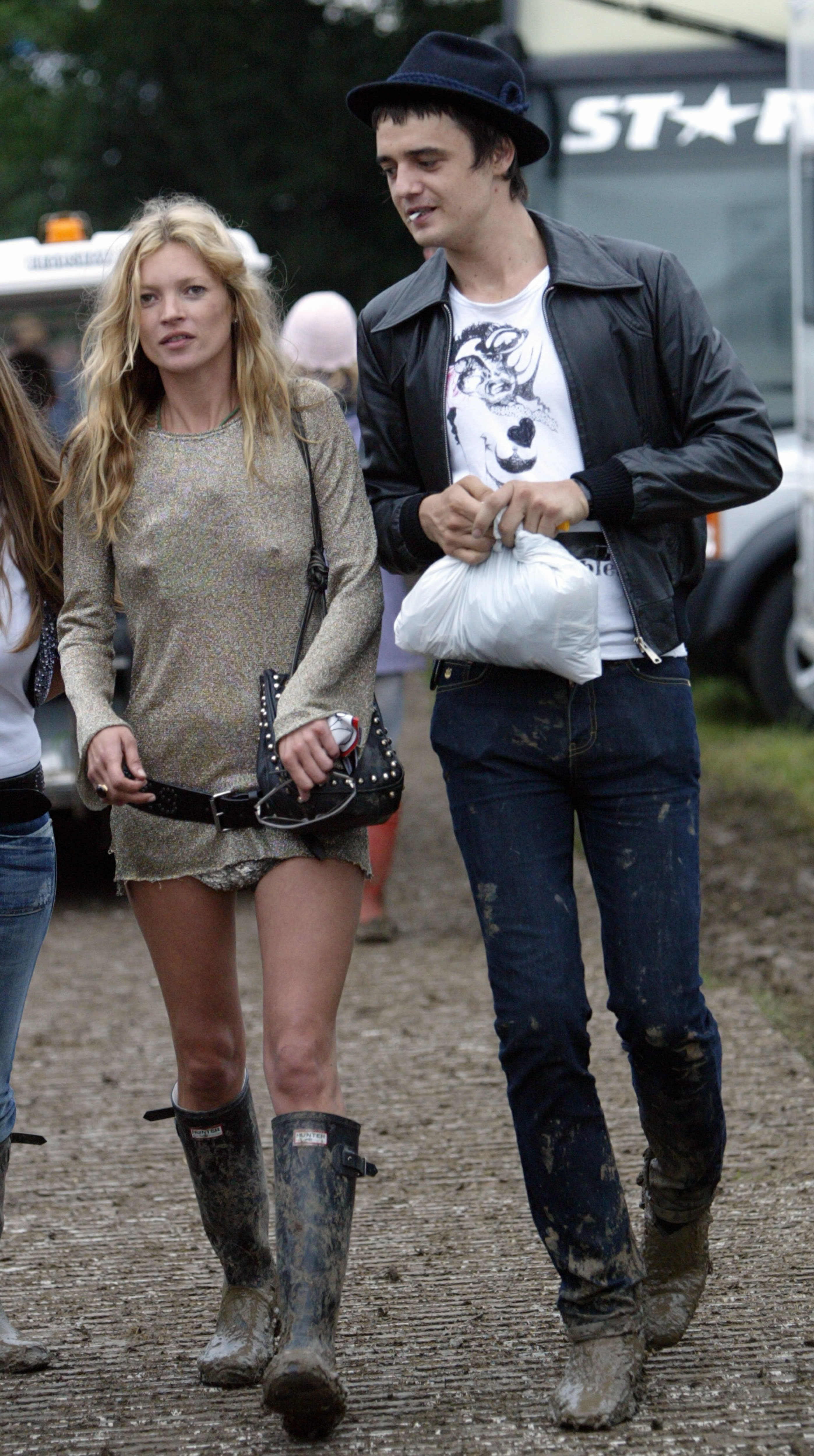



johndoe@gmail.com
Are you sure you want to reset the form?
Your mail has been sent successfully
Are you sure you want to remove the alert?
Your session is about to expire! You will be logged out in
Do you wish to stay logged in?
Selected free content on Fashion and Music.

With festival season upon us, what better time to explore the rhythmic synergy of music and fashion? Music and dress have been integral ingredients in the formation of subcultures while many music icons have set the tempo for fashion trends, on and off the runway. The relationship hasn’t always been entirely intentional; David Bowie, whose style has influenced fashion around the world, playfully laments fashion’s ability to make movements “loud and tasteless” in his 80s hit ‘Fashion’ (beep-beep). Whilst this possibly speaks more of his indomitable individuality, fashion and music have often symbiotically enabled individuals to express a sense of group identity.
Subcultures

From Mod, to punk, to grunge, subcultures have utilized the tools of fashion and music in their expressions of protest, ridicule and outrage. Lorynn R Divita details how Mod culture, with its Italian scooters, Italian suits and French haircuts emerged as a reaction against previous subcultures valuing British heritage. Ironically, once adopted by the mainstream in ‘Swinging London’, the Mod look became recognized as a distinctly British style. The fashion industry has often capitalized on past subcultures by using elements to inject collections with a rebellious spirit. Hedi Slimane’s SS 2002 collection for Dior Homme was reminiscent of mod style, and represented a pendulum swing away from the popular baggy styles of the time, as well as a “challenge to muscle-bound masculinity”, as Rachel Lifter notes.
Subcultures, along with the historical narratives surrounding them, have frequently been exclusionary with regards to race and gender. Rianna Norbert-David traces the subcultures of the London Caribbean diaspora, from the Lovers’ Rock style of the 70s to Grime, which still holds significant currency. Norbert-David notes the importance of the short films documenting Grime artists made by Risky Roadz for disseminating Grime style among music fans, with the Nike Air Max 95s making a frequent appearance. Shayla Corrine Black looks at the region-based diversity of the Hip-hop subculture in the US, and notes how this subculture was unique in not only directly influencing acclaimed designers, but also in manifesting “its own fashion labels to serve the needs of the hip-hop community”.
You can watch numerous runway collections inspired by subcultures in the Bloomsbury Fashion Video Archive, including Junko Koshino’s AW93 show inspired by the dance club scene of the 1980s and 1990s.
‘I dress to kill, but tastefully’ (- Freddie Mercury): Music Icons

Music icons have been instrumental in pioneering, inspiring and disseminating fashions. From Freddie Mercury to Cher to Elvis Presley to Lady Gaga, facets of their performance persona are articulated through dress. Feeding and growing in the same sphere, the music icon and fashion are inextricably mixed – even in death: Alphonso D. McClendon argues that the tragic death of Billie Holliday caused a focus on her gardenia style, without due attention to her other unique styles.
José Blanco F. investigates how David Bowie has been particularly influential amongst fashion editors and photographers. Paris Vogue cover December 2011 features Kate Moss in the style of Bowie’s alter ego Ziggy Stardust, Moss having already appeared in British Vogue 2003 wearing the “Life on Mars?” suit photographed by Nick Knight. Kurt Cobain, a “de facto fashion icon for his fans” (José Blanco F.), donned both a signature grunge look alongside occasionally sporting a floral dress, something which continues to be referenced by music artists including Post Malone and Matty Healy (lead singer of The 1975).
Music figures have both influenced and invaded the runway: Judith C. Everett, Kristen K. Swanson and José Blanco F. document those who have created their own fashion houses including Victoria Beckham and Rihanna. The Kerry Taylor collection includes a stage ensemble by Jean-Paul Gaultier for Madonna’s ‘Blond Ambition’ tour, with top-stitched conical breast cups, and an Iris Van Herpen design for Björk’s ‘Biophilla’ tour. Björk can be seen walking the runway in Hussein Chalayan’s SS96 show in the Fashion Photography Archive, whilst Madonna sits up front at John Galliano, Spring/Summer 1996.
Janice Miller importantly explores how ageing impacts the perception of music style icons, with particular scrutiny on women, citing the negative press reaction to Madonna bucking the societal expectation for older women to hide their ageing bodies. Equally intersectional in approach, Darnell-Jamal Lisby investigates how Beyoncé communicates her reverence for motherhood (and Black motherhood in particular) through her onstage style.
Festival Fashion

Rachel Lifter convincingly articulates ‘festival fashion’ as: “a site-specific dress practice; a set of media images; and a merchandizing tool used to sell a range of goods”. She notes how iconic images of Kate Moss and Alexa Chung at Glastonbury in Barbour wax jackets and wellingtons have aligned Bohemia in Britain with upper-class, heritage ‘Britishness.’
Individual festivals have their own fashion codes, as noted by Sharron J. Lennon, Kim K. P. Johnson and Nancy A. Rudd. For example, Burning Man in Nevada, which always culminates with a giant wooden effigy of a man being set on fire, celebrates individuality, freedom and artistic expression. This facilitates eccentric dress such as animal or alien costumes, as well as nudity. The Woodstock festival of 1969, attended by five hundred thousand people, was a pitch-perfect visual celebration of bohemian style and attained mainstream visibility. The Fairchild Dictionary of Textiles includes diagrams for tie-dying garments, a clothing treatment that was popularized in part through its appearance at Woodstock.
Taking an intersectional approach, Rachel Lifter examines how coverage of Brooklyn’s Afropunk festival has allowed attendees to imagine ‘Blackness’ within festival fashion in new and exciting ways, mixing garments racially coded as white, such as denim cut-offs, with garments associated with African diaspora such as headwraps and dashikis.
Susan Cochrane explores the fashion and dress at festivals in Papua New Guinea, noting how the outfits of groups who perform music and dances are crucial elements. The materials used for bilas (the art of self-decoration) are common throughout Papua New Guinea, such as banana or sago-fiber “grass” skirts and aprons woven from bush string, yet each group is able to invent their own unique style.
Together these examples, and the many more throughout Bloomsbury Fashion Central collections, show how fashion and music can come together to rip up rulebooks and create new styles from the tatters.
Find out about free trials and purchasing. Interested in hearing more from Bloomsbury Fashion Central? Sign up for our newsletter.